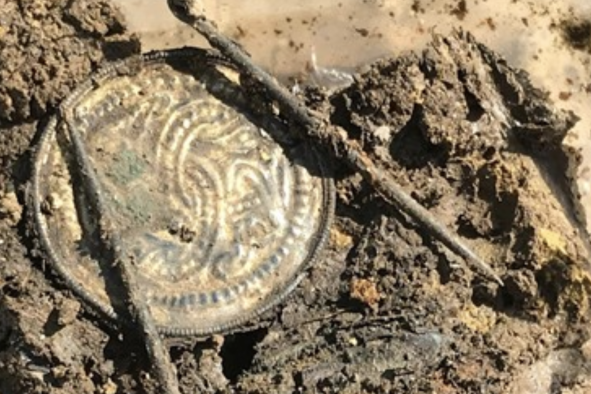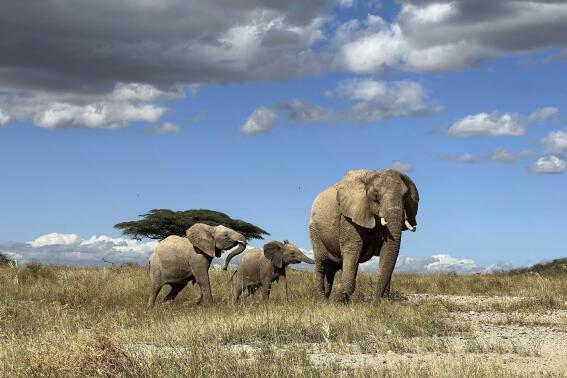Scientists have discovered a new species of great ape which lived 11 million years ago and only ever grew to the size of a human toddler, making it the smallest known to science.
The now-extinct ape species, which has been named Buronius manfredschmidi, was uncovered at the Hammerschmiede fossil site in Bavaria.
Researchers found partial remains of two teeth and one knee cap, or patella, whose size and shape are distinct from those of any known ape.
They estimate that the full body size of the ape was around 10kg, making Buronius the smallest great ape ever discovered.
Based on the fossil specimen, scientists say Buronius was an adept climber who ate a diet of soft foods like leaves.
The teeth and patella remains suggest that the tiny ape had a distinct lifestyle, compared to the other great species found at the same site that has been named Danuvius, and which had a larger body with a diet of tougher foods.

These differences enabled the two species to cohabit the region in the mid- to late-Miocene period, about 11 million years ago, without having to compete for resources – similar to modern gibbons and orangutans that share habitats in Indonesian tropical forests.
“The differences between Buronius and Danuvius in tooth and patellar morphology, enamel thickness and body mass are indicative of differing adaptations in each, permitting resource partitioning, in which Buronius was a more folivorous (leaf-eating) climber,” scientists wrote.
The findings, published in the journal PLOS One, mark the first case of a European fossil site from this period with multiple ancient ape species.
However, reexamination of other similar sites may uncover more examples of this cohabiting behaviour, scientists say.
Globally, around this time, most known great apes were frugivores, ranging from soft fruit eaters like chimpanzees to hard object feeders like orangutans.
Apes of the time varied from larger than siamangs – over 17 kg – to larger than chimpanzees weighing about 60 to 70 kg.
With an estimated body mass of about 10 kg, scientists say Buronius manfredschmidi “represents the smallest known” species in the hominid taxon.
Disclaimer: The copyright of this article belongs to the original author. Reposting this article is solely for the purpose of information dissemination and does not constitute any investment advice. If there is any infringement, please contact us immediately. We will make corrections or deletions as necessary. Thank you.



